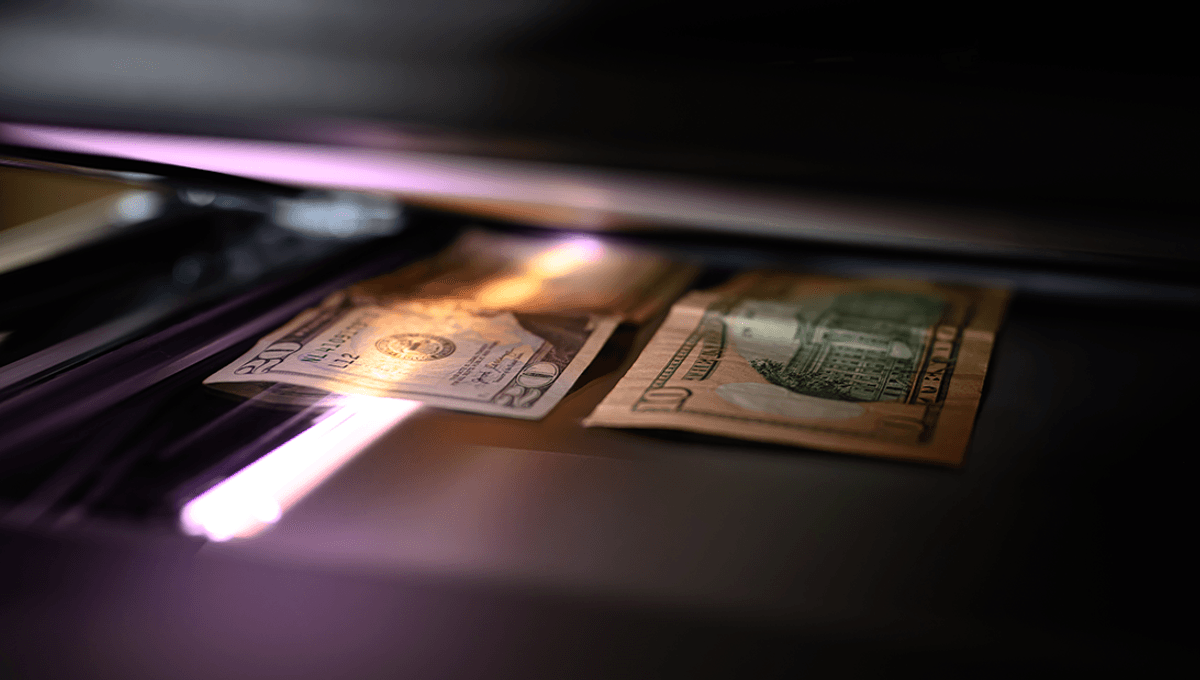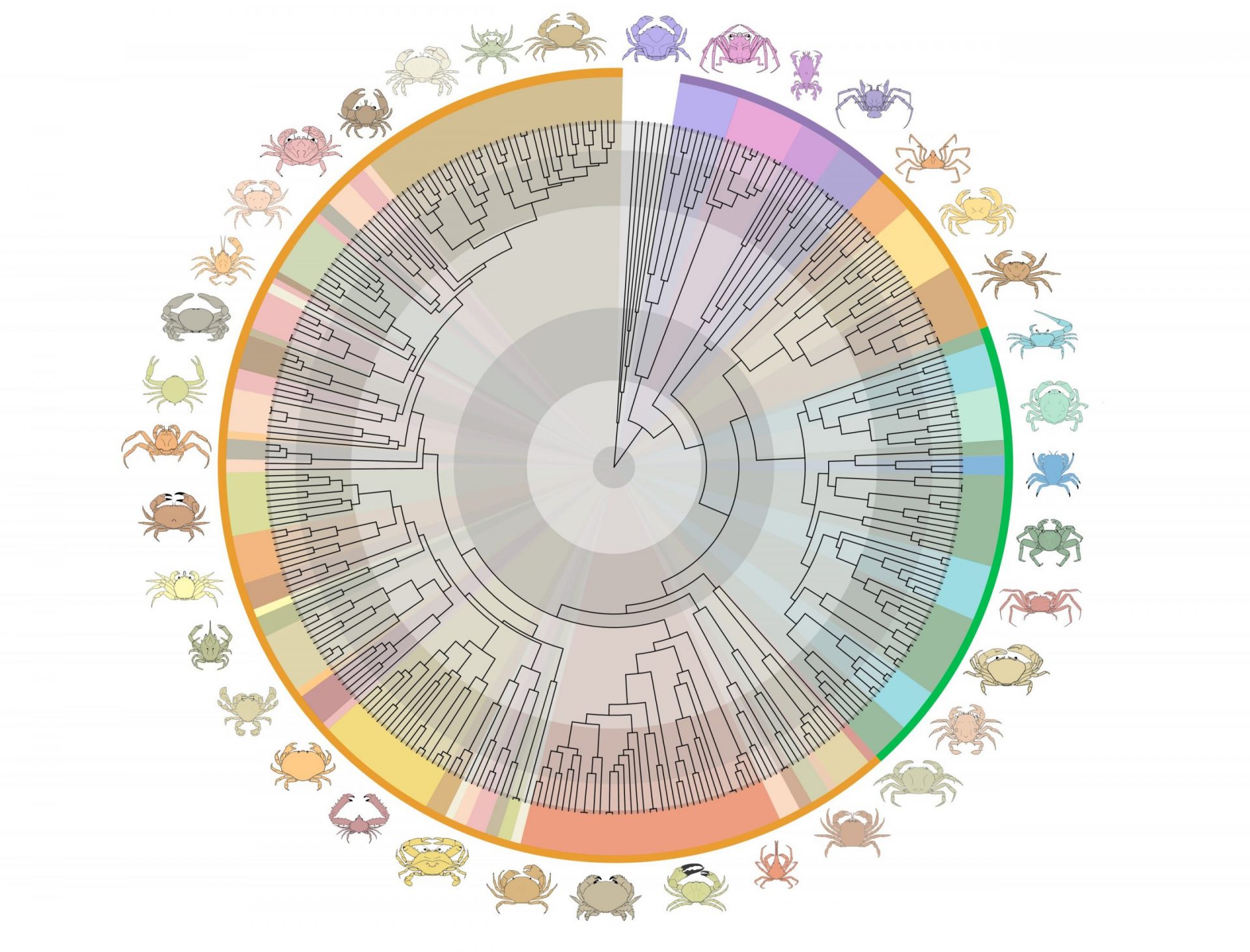Imagine being a PhD student at the University of Cambridge’s industrial labs in 2002, given the opportunity to experiment with a brand new Xerox color photocopier. The possibilities seemed endless, but what caught this student’s attention was the idea of photocopying money. Little did he know, this innocent act would lead to a surprising discovery.
Instead of producing a stack of counterfeit bills that would fool no one, the student found a message printed in multiple languages, sternly informing him that copying money is illegal. It turns out, not all copiers are the same. Some refuse to print altogether, while others do a terrible job to discourage any further attempts.
Curiosity got the better of this student, who we now know as Kuhn, a security researcher. He examined his notes and noticed an intriguing pattern on them. “On the 10-euro banknote, I spotted this particularly obvious pattern of little circles,” Kuhn shared with the BBC in 2015. “I stared at it for a while and I saw that the constellation inside this pattern was recurring.”
Determined to unravel the mystery, Kuhn conducted tests, replicating the pattern on a piece of paper. When he tried to duplicate it, the printer once again reminded him of the illegality of printing money. This pattern, which Kuhn named the “EURion Constellation” due to its resemblance to the Orion constellation, is detected by copiers, printers, and software like Photoshop. It serves as a safeguard, preventing any illegal activities.
How exactly these patterns are coded onto banknotes remains a closely guarded secret by governments. Kuhn speculates that the distance between the circles is a key factor in detecting counterfeit money on Euro banknotes. Interestingly, this same constellation is used on banknotes around the world, including the US, effectively thwarting any attempts to print money illegally.








